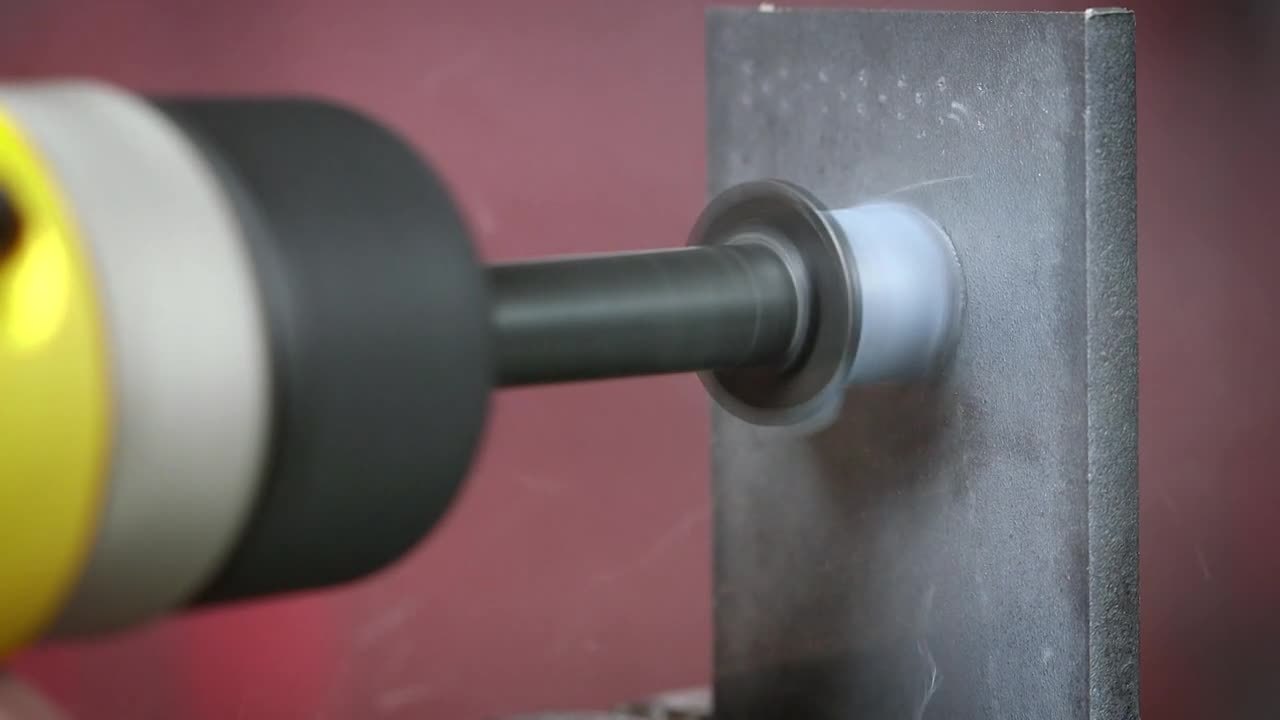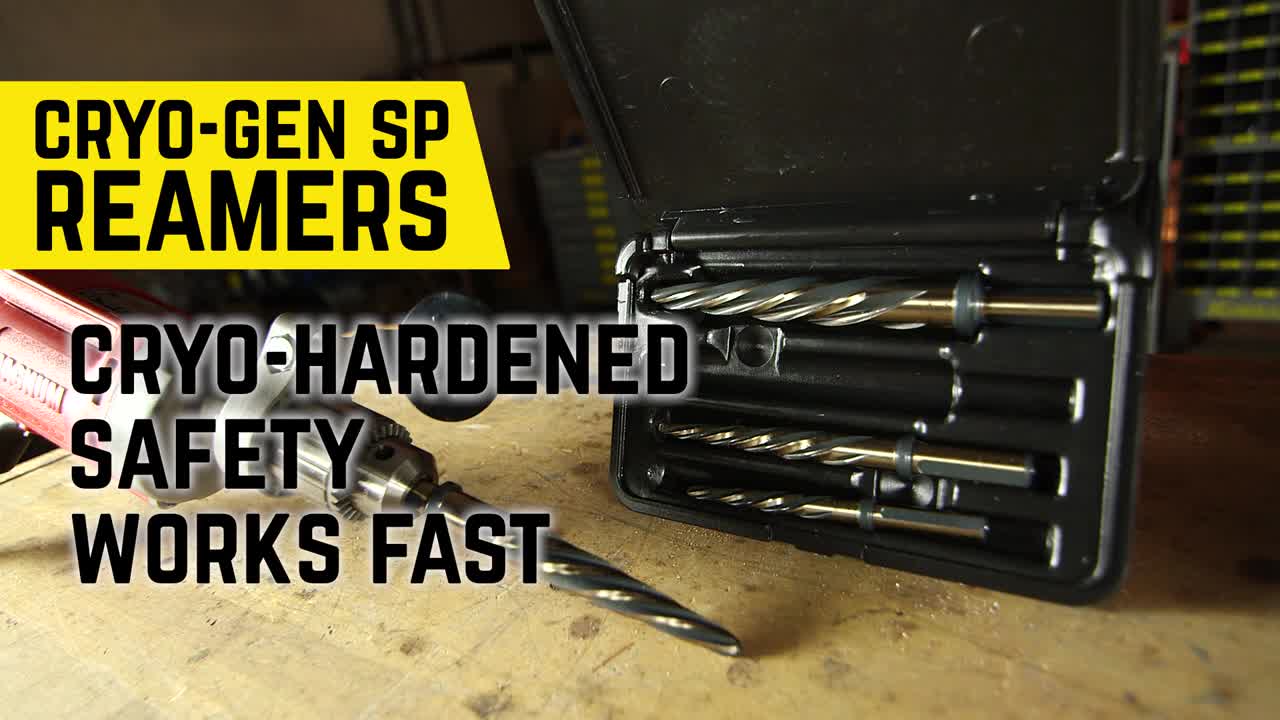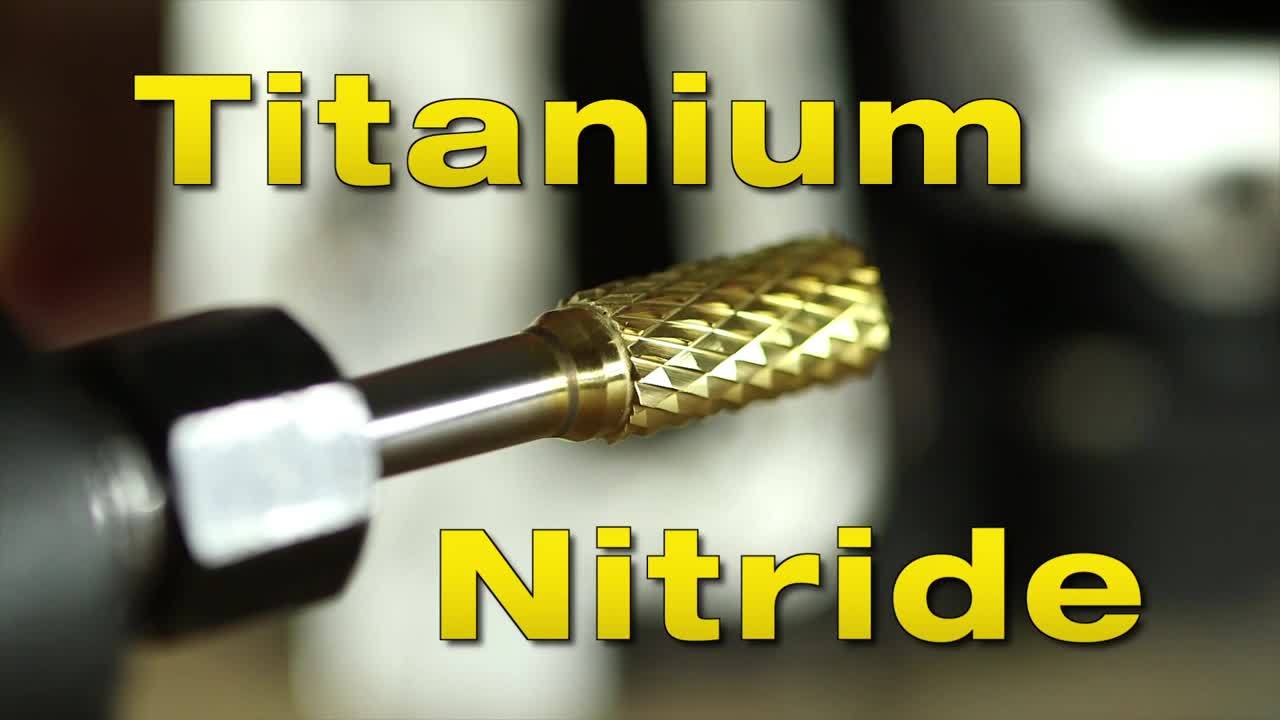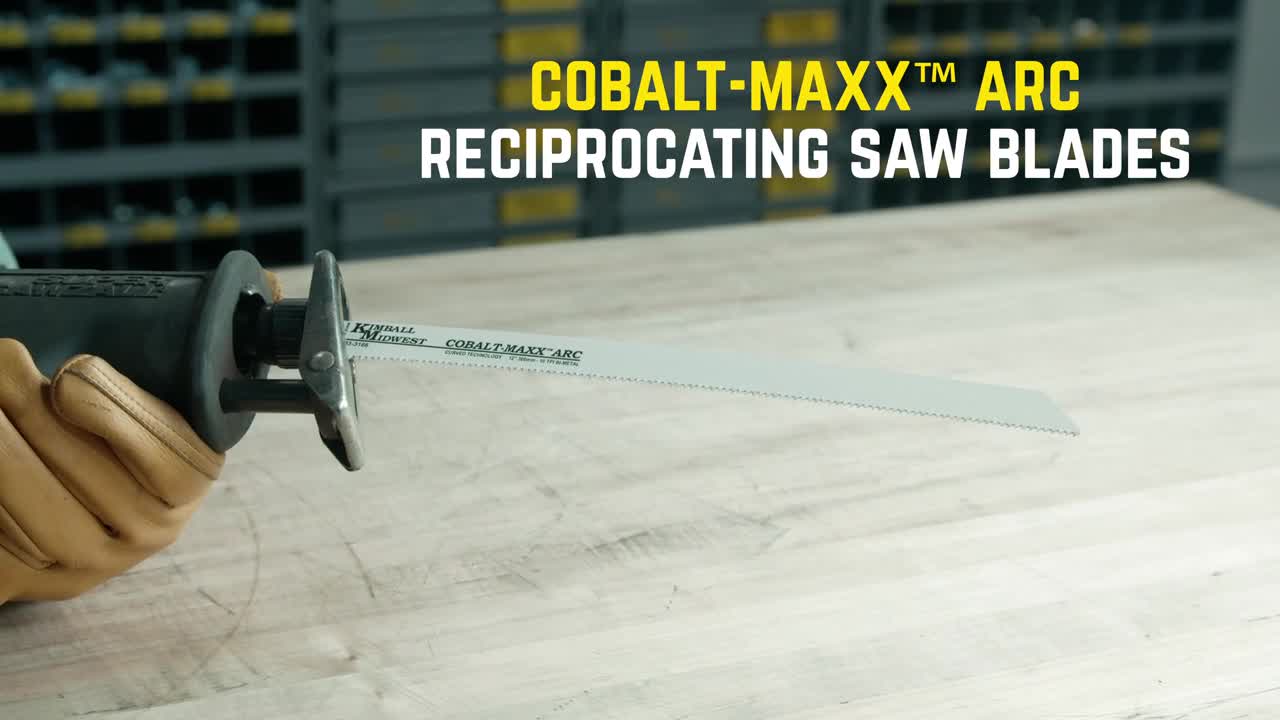Look around your shop, and you’ll probably see a variety of cutting tools for different jobs and materials. In fact, you probably go through a lot of them, especially drill bits. Have you ever thought about all the functions cutting tools perform? They cut, of course, but they also expand, shape, grind and smooth.
We’ve already covered several types of cutting tools in a previous blog, including the types you can chuck into your power drill. Instead, let’s look at the functions you might need your tools to perform, and which tools you need to perform them.
Drilling
Drill bits obviously perform this function, and they are great, versatile tools for creating holes in a variety of materials. However, they are not always the best option if you want to make a hole.
Hole cutters and annular cutters are quicker and more efficient than drill bits, plus they leave smooth holes. Hole cutters require less effort than drill bits, which keeps you from getting fatigued. Annular cutters may be your best option if you’re drilling metal pipes or tubes. Like drill bits, hole cutters and annular cutters come in a variety of diameters.
Hole saws do the heavy-duty work of cutting large holes in metals, pipe, nail-embedded wood and other materials. They are ideal for plumbing and electrical applications.

If you’re working with thin material, step and stepless drills are the way to go. They make precise, burr-free holes in a variety of thin metals, plastics and laminates.
What if you need a flat headed fastener to mount flush to your work surface? Countersinks will get the job done, cutting an 82° countersink into the work surface to accommodate the fastener head.
Here’s something to think about – when you buy products like these, you are buying the number of holes they make. Quality matters. The higher the quality, the more holes you get out of your tool.
Expanding
What if you need to expand an existing hole? Well, you could use a drill bit, but you run the risk of chipping or breaking it. There are cutting tools designed specifically for this purpose.

Reamers and step reamers are ideal for enlarging and finishing holes. They come in a variety of diameters and cut through many materials, including steel, aluminum and brass.
Step reamers can also be used to drill new holes, if necessary. The step design simultaneously cuts and deburrs.
Shaping, Grinding and Smoothing
We combined these categories because one cutting tool does them all: burs. Of course, different burs do different things, so you may want to keep a variety on hand. Don’t forget a high-quality die grinder in order to get the best performance from your burs.

It’s worth noting that abrasives – while in their own category apart from cutting tools – are considered cutting tools, as well. After all, they remove stock by shaping, grinding, cutting and smoothing.
Other cutting tools perform these functions, too. Deburring tools are used to shape and finish imperfect edges. And you can find a variety of files that cut, shape and smooth.
Cutting
Obviously, everything we mentioned so far fits into this category. Why else are they called cutting tools?
So now we’ll mention blades for band saws, chop saws, circular saws and jig saws. Of course, we also can’t forget reciprocating saw blades. Whether you’re working with metal, wood, brick or stone, there’s a blade for every project.

Last, but not least, taps and dies fit in this category, too. Taps cut or form the threads in nuts, while dies cut and repair threads on bolts.
This is just a brief overview of all the ways cutting tools can function, but it’s more important to know how to use them safely and efficiently. If you are interested in learning more, sign up for a  .
.
.png?width=131&height=58&name=image%20(40).png)
